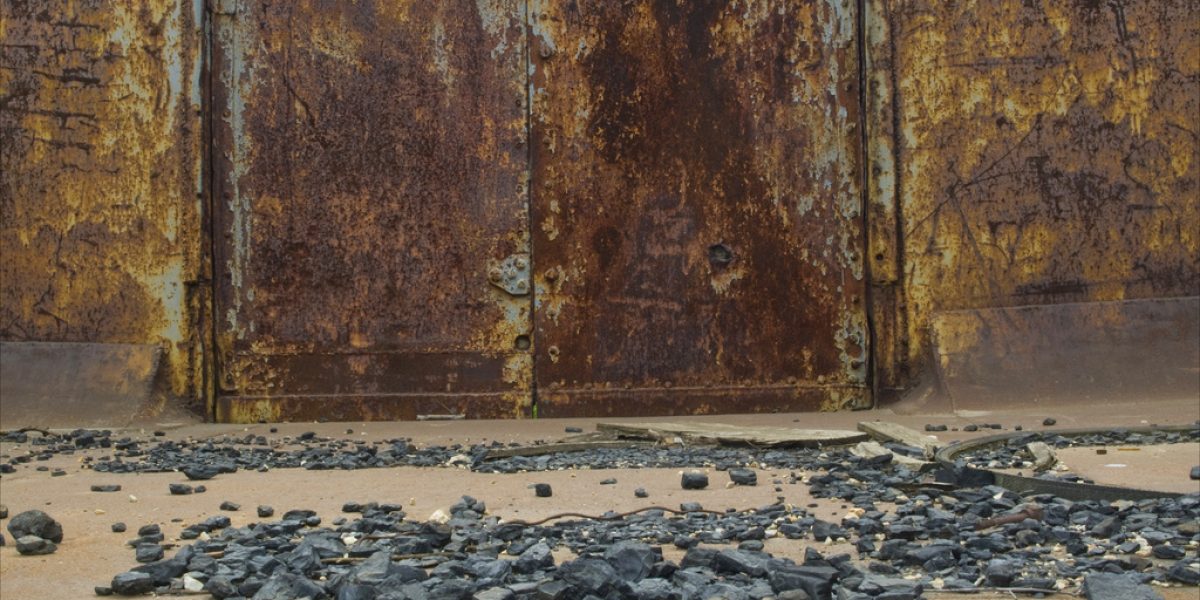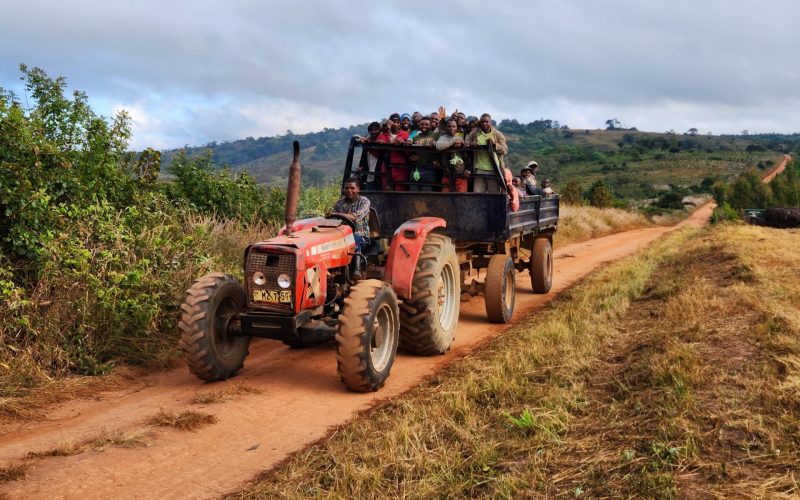Still today Mozambique’s human development index ranks the lowest in Southern Africa, with a life expectancy of 52 years and a literacy rate of 47%. Like several other African countries, however, Mozambique’s economic potential lies underground. In recent years the discovery of large reserves of gas, oil and coal has attracted foreign investors from across the globe. FDI net inflows of foreign direct investment have risen to 9% of the country’s gross domestic product. Coal alone represents 61% of the country’s mineral commodities, making Mozambique the second-largest exporter of coal in Africa, after South Africa. Coal production in Mozambique reached 35 700 tonnes in 2010 and is expected to reach 20 million tonnes by 2015. The growing mining industry is also contributing to Mozambique’s much needed infrastructure development, with electricity lines, roads, railways and ports being constructed to service the needs of foreign investors. This coal revolution is bringing high hopes, but questions still remain. It is yet to be determined whether the mining sector can become the new engine of growth for the country, and whether these billion dollar investments will trickle down to the poor. How much is the mining industry really contributing to the development of Mozambique?








